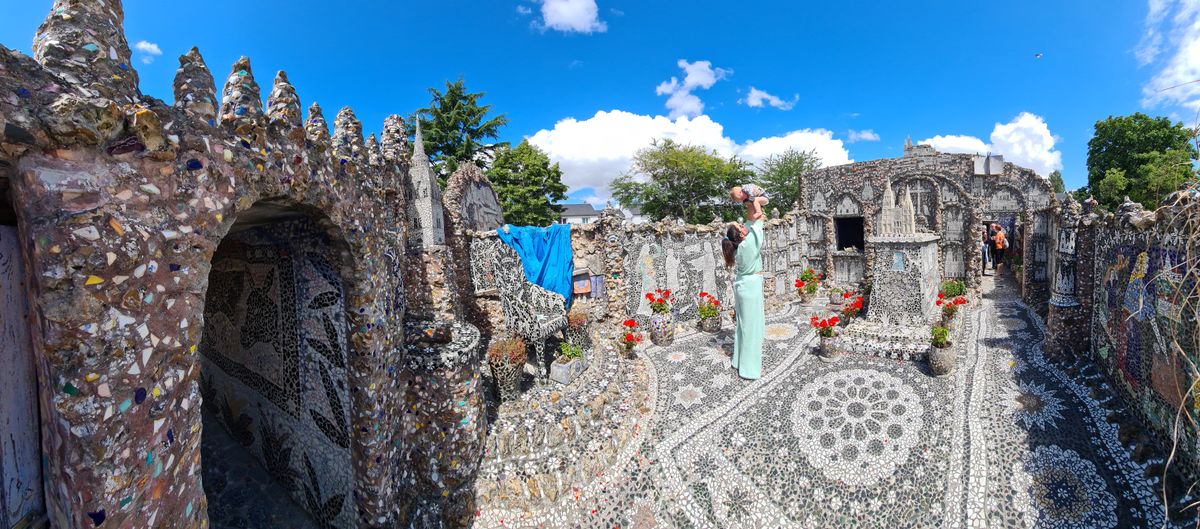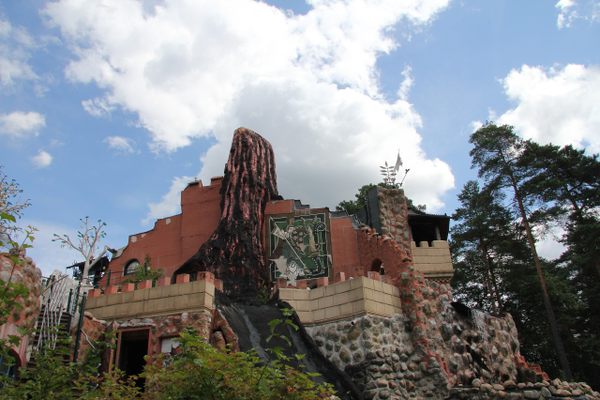About
In 1929 a graveyard attendant by the name of Raymond Isidore purchased a small plot of land outside the city of Chartres for himself and his family. In 1938, Isidore found some pieces of crockery that set him on an obsessive path that would one day gather the attention of Picasso.
It's not entirely clear why Isidore chose to cover his home and almost everything in it with pieces of broken crockery, but the bits set him on an artistic journey that would continue for almost thirty years.
Through that time Isidore collected more than 15 tons of broken plates and cups to create his unique house. His obsession earned him the nickname Picassiette among the townspeople, which light-heartedly translates to mean plate thief.
A deeply religious man, Isidore designed many scenes that included representations of Christian symbols and characters, animals, a view of Jerusalem, and various cathedrals, including the famed cathedral of Chartres not far from his home. Indeed, Isidore's work as a graveyard sweeper also found its way into his grand project. He built a fabulous "sweeper's throne" facing an equally fabulous "sweeper's tomb."
What began as a local curiosity soon turned into a far more widespread interest in Isidore's work, and in 1954 Picasso visited the house.
Isidore completed the work in 1962 when there was just nothing left to cover with mosaic. Two years later, just a day before his 65th birthday, Picassiette died. His wife continued to live in the decorated house until 1979, and in '81 the city of Chartres took ownership. Two years later, La Maison de Picassiette was honored with national Historical Monument status and remains open to the public as a museum.
Related Tags
Community Contributors
Added By
Published
June 22, 2010

















































